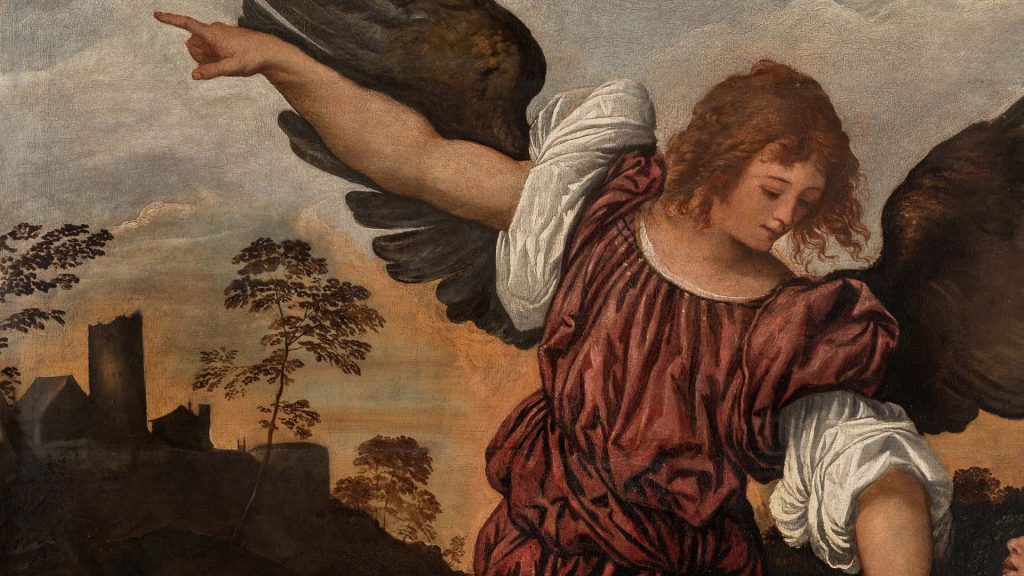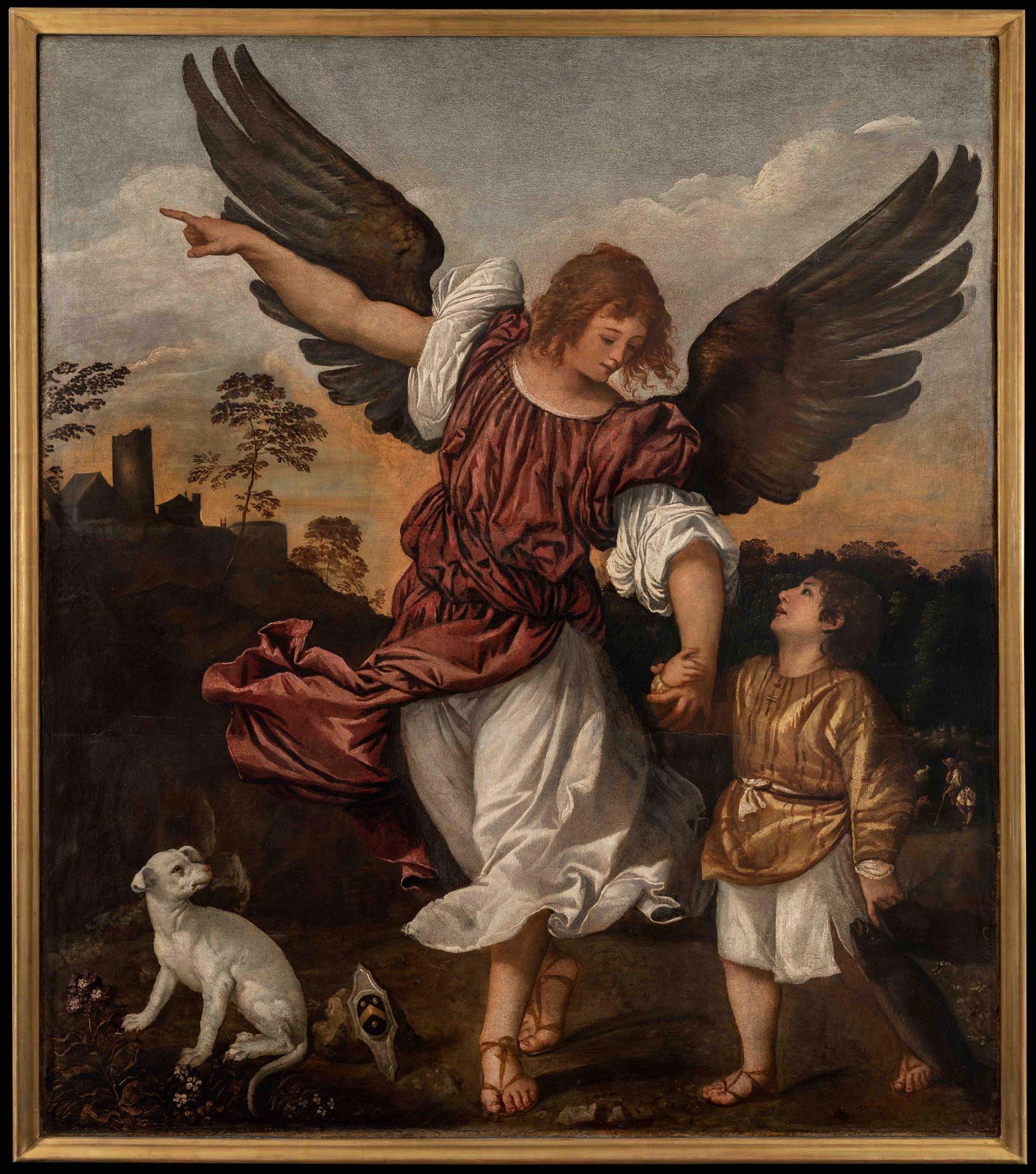
At the Gallerie dell’Accademia, the extraordinary exhibition “Tiziano 1508. Agli esordi di una luminosa carriera” unveils the emerging talent of the Master of Renaissance Art.
The year 1508 is now a well-known date for all those who, in various ways, are involved with Venetian Renaissance art. It is a chronological milestone as well as a turning point in history! In that distant year, a fabulous and new opportunity presented itself to everyone: the chance to admire an open-air art gallery, democratically and at no cost, just by looking up near the Rialto Bridge, at the decoration of the façades of the Fondaco dei Tedeschi. That emporium of the Germanic peoples, a place of residence and trade, a cornerstone of the Venetian state’s economy, which had been destroyed by a disastrous fire on the night of January 27-28, 1505, became, three years later, the symbol of Venice Urbs Picta.
As everyone knows, perhaps as early as 1507, Giorgione was given the task of painting the main façade, the one facing the Grand Canal, with a sequence of individual figures distributed between the numerous windows, the monumental beauty of which can still be seen today in a famous detached fragment. It was the triumph of the “modern style,” of an emotional and tonal coloristic vision. While the mature master from Castelfranco completed his task, a very young, not yet twenty-year-old, and promising painter who had come to Venice from Cadore was assigned the decoration of the long land façade in the narrow calle.

A young painter from an Alpine village north of Venice, Titian, had recently moved to Venice to learn from the great maestro Giorgione. He was assigned to the building’s side wall. That’s when the legend of Titian was born. Exhibition Tiziano 1508. Agli esordi di una luminosa carriera recounts the story of Titian’s early years in Venice. The exhibition is the result of an unprecedented research effort on the youth of the painter from Cadore, with a period of apprenticeship that is still widely debated between the workshops of the Bellini family and Giorgione. The exhibition path includes the presence of 17 youthful and autographed works and around ten paintings, drawings, and engravings by contemporary artists such as Giorgione, Sebastiano del Piombo, Albrecht Durer, and Francesco Vecellio. Visitors are guided to understand the sources of inspiration that the young painter assimilated rapidly and with great personality, particularly the Giorgionesque, Dureresque, and Michelangelesque elements in his early work. The Resurrected Christ from the Uffizi, the Madonna with Child between St. Anthony of Padua and St. Roch from the Prado Museum, and the Baptism of Christ from the Capitoline Museums are some significant loans obtained for the Venetian exhibition, presented alongside more familiar works such as two paintings with the same subject – the Archangel Raphael and Tobit – in the splendid and grandiose youthful version from 1508 at the Gallerie dell’Accademia and the later one preserved in the Church of Madonna dell’Orto, coming from the nearby Church of San Marziale. Soon after, the still-young Titian, already a precocious master of a Venetian workshop, will be called for important public commissions that will launch him with undeniable success onto the European stage, a “brilliant career” that we can trace thanks to the wealth of sources. The beginnings, still uncertain and not fully clarified by scholars, leave us in eager anticipation for this important exhibition.